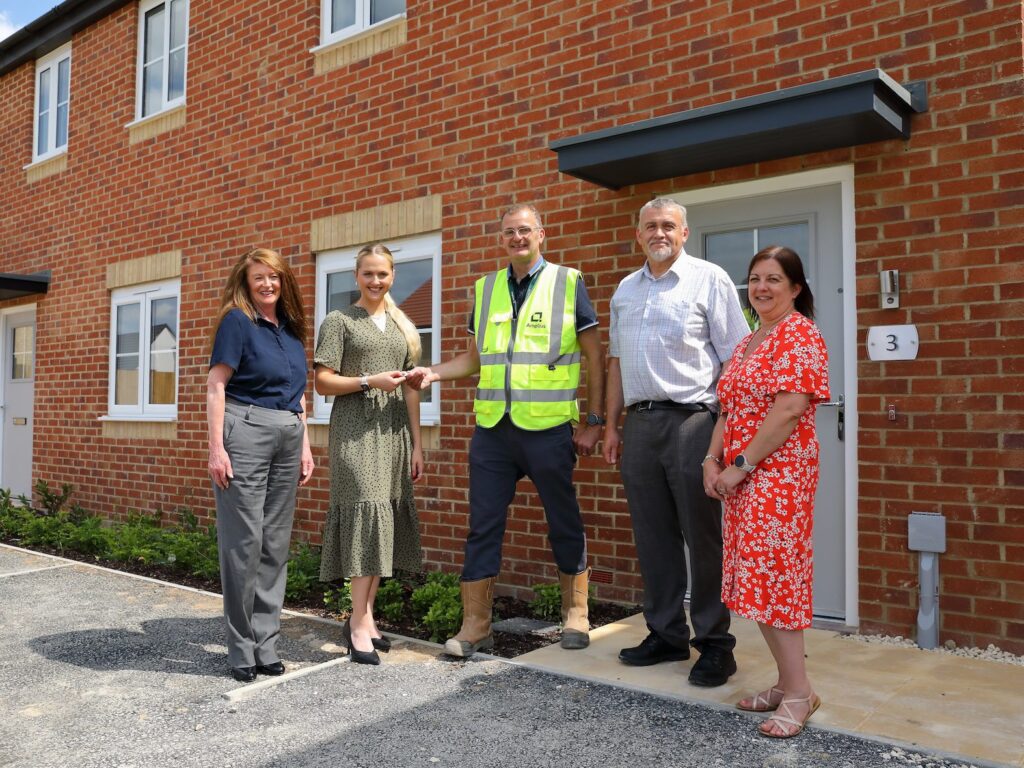John Marsh, Chief Operating Officer of BUUK Infrastructure, discusses the importance of heat networks and how technological innovations enhance their performance and appeal
Could you begin by telling us about your journey to become the COO at BUUK?
I’ve been fortunate to work in the utility and energy sector for over 40 years. The first half of my career was in the traditional utility companies. I started as an electrical engineer and evolved to multi-utility as competition came following privatisation. I worked as an asset owner, looking after the safe operation of energy networks, and also on the infrastructure side delivering new energy networks. For the past 20 years, I’ve worked in the competitive arena, providing utility infrastructure for new developments across the UK. 15 years ago, we added heat networks and the first site was at King’s Cross. This is a unique site in the UK, as it provides seven utility networks, with gas, electricity, fibre, water, wastewater, heat, and cooling.
From your vantage point as COO, what major trends do you predict will influence the future of housebuilding over the next decade?
For us, the big change is the end of gas for new housing developments from 2026. Heat and transport are moving to electricity, and this is expected to double grid demand by 2050. This needs to be met from the existing grid and to achieve net zero, the UK must make full use of renewable power generation, largely from wind. This can be achieved through smart energy solutions. Homes need a link to a smart grid using smart last-mile energy networks. This will allow new developments to reduce their peak demand for grid power. The new smart solutions will make use of electricity when there is a surplus and will avoid using electricity at peak times. Not only will this reduce grid capacity, but it will also reduce energy bills for new homes.
How have recent changes in building regulations or energy policies affected your strategies at BUUK?
In 2016 the code for sustainable homes aimed to significantly reduce carbon emissions for new homes. This meant gas would not be an option and we had new solutions ready to replace gas. Global market conditions changed UK policy and as a result, gas continued to be used for new homes. The 2025 building regulations, known as the Future Homes Standard, will now end the use of gas for housing developments. We have a number of new products ready to replace gas today.
Read more news and exclusive features in our latest issue here.
Never miss a story… Follow us on:
Showhome
@Your_Show_Home
@Showhomemag
Media Contact
Joseph Clarke
Editor, Showhome
Tel: +44 (0) 1622 823 920
Email: [email protected]











